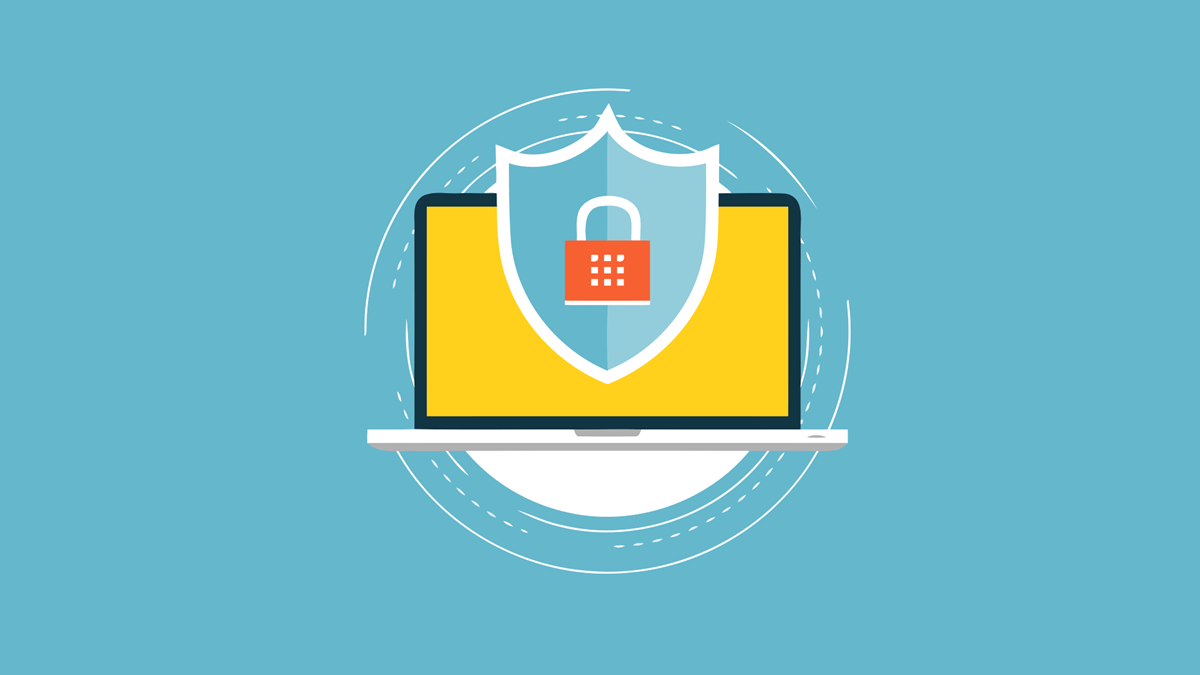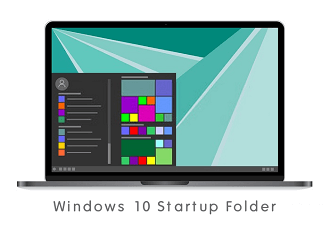Does Windows Security Need Improvement With the Antivirus Program?
Our lives are intricately woven into the fabric of technology, so ensuring the security of our operating systems is paramount. Windows, being one of the most widely used operating systems globally, is a prime target for cyber threats.
While Windows provides built-in security features, a crucial question arises: does it need improvement with the integration of antivirus programs? In this guide aimed at beginners, we will delve into the vulnerabilities of Windows security, explore the existing built-in defenses, and discuss why incorporating an antivirus program is essential for a robust cybersecurity strategy.

Does Windows Security Need Improvement With the Antivirus Program?
Windows operating systems have come a long way in terms of enhancing their built-in security features. A notable inclusion is Windows Defender Antivirus, integrated into Windows 10 and later versions. Windows Defender is designed to provide real-time protection against various types of malware, including viruses, ransomware, and spyware.
In addition to Windows Defender, the operating system boasts other built-in defenses such as Windows Firewall and BitLocker. Windows Firewall acts as a gatekeeper, monitoring and controlling incoming and outgoing network traffic, and preventing unauthorized access.
BitLocker, on the other hand, encrypts the data on your Windows computer, offering protection against unauthorized access in the event of theft or loss. While these built-in security features provide a fundamental level of protection, the evolving nature of cyber threats necessitates a proactive and adaptive approach.
Common Windows Security Vulnerabilities
Despite the strides made in bolstering security, Windows is not immune to vulnerabilities. Cybercriminals continually refine their techniques, exploiting weaknesses in operating systems. Here are some common vulnerabilities that Windows users may encounter:
Zero-Day Exploits
Zero-day exploits are attacks that target previously unknown vulnerabilities in the operating system. As the term suggests, there is a “zero-day” window during which users are exposed to potential threats because the vulnerability is not yet known to the software vendor.
Phishing Attacks
Windows users are susceptible to phishing attacks, where cybercriminals employ deceptive tactics to trick individuals into revealing sensitive information such as login credentials. While antivirus programs can often identify and block phishing attempts, the built-in security features may not be as robust in this regard.
Advanced Persistent Threats (APTs)
APTs are prolonged, targeted cyber attacks where intruders access systems without authorization and remain hidden for long durations. Detecting and mitigating APTs require advanced threat intelligence and behavior analysis, capabilities that may not be fully covered by native Windows security.
The Need for Antivirus Programs
Antivirus programs play a crucial role in complementing the security of Windows operating systems, especially for beginners. Let’s delve into the reasons why incorporating an antivirus program is essential:
Enhanced Threat Detection
Antivirus programs are specifically designed to detect a wide range of threats, including viruses, trojans, ransomware, and other types of malware. They employ sophisticated algorithms and maintain databases of known malware signatures to identify and neutralize threats in real time.
Behavioral Analysis
The best antivirus for Windows almost always utilizes advanced behavioral analysis to identify suspicious patterns of activity. This proactive approach enables these top-tier antivirus solutions for Windows to detect and halt emerging threats, even if the specific malware has not been previously identified. Furthermore, advanced behavioral analysis is continuously refined through machine learning algorithms, which learn from new threat patterns and adapt over time.
Phishing Protection
Antivirus programs often include features to protect users from phishing attacks. By analyzing websites and emails for potential threats, these programs help users avoid falling victim to scams and fraudulent activities.
Zero-Day Protection
Unlike built-in security features, antivirus programs are specifically designed to address zero-day exploits. They can identify and neutralize threats even when the vulnerabilities are not yet known to the operating system vendor.
Firewall and Network Protection
Some antivirus programs come with an integrated firewall that provides an additional layer of defense against network-based threats. This is particularly important for preventing unauthorized access and protecting sensitive data during online activities.
Choosing the Right Antivirus Program for Beginners
With a plethora of antivirus programs available, choosing the right one can be overwhelming for beginners. Consider the following factors when selecting an antivirus program:
- Effectiveness: Look for an antivirus program with a proven track record of effectively detecting and neutralizing a wide range of threats. Reading reviews and consulting expert opinions can provide insights into the effectiveness of different antivirus solutions.
- Resource usage: Ensure that the antivirus program does not significantly impact system performance. A good antivirus solution should run in the background without causing noticeable slowdowns during regular use.
- Ease of use: Opt for a user-friendly antivirus program that is easy to install, configure, and use. Regular updates and automated scans contribute to a hassle-free user experience.
- Additional features: Evaluate the additional features offered by the antivirus program, such as phishing protection, firewall, and behavioral analysis. These features contribute to a more comprehensive security posture.
Educating Beginners on Safe Computing Practices
Apart from installing antivirus programs, it’s crucial to educate beginners on safe computing practices. Here are some essential tips for a secure computing experience:
- Keep your system updated: Regularly update your Windows operating system and installed software. Updates often include security patches that address known vulnerabilities.
- Use strong passwords: Use unique, strong passwords for all accounts, avoid predictable information, and consider a reliable password manager for secure credential storage.
- Be cautious with email attachments: Avoid opening email attachments or clicking on links from unknown or suspicious sources. Cybercriminals frequently deploy malware via email.
- Secure your Wi-Fi network: Implement a robust Wi-Fi password to block unauthorized access. Additionally, consider using WPA3 encryption for enhanced security.
- Backup your data: Regularly backup your important files to an external hard drive or a cloud service. This ensures that you can recover your data in events like ransomware attacks or hardware malfunctions.
- Enable two-factor authentication (2FA): Use 2FA on your online accounts whenever it’s available. This adds an extra layer of security by requiring a second form of verification in addition to your password.
Wrapping Up
While Windows has made significant progress in fortifying its built-in security features, the dynamic nature of cybersecurity threats requires additional layers of protection. Antivirus programs play a pivotal role in enhancing the security of Windows operating systems, providing advanced threat detection, behavioral analysis, and protection against a wide range of cyber threats.
For beginners, integrating a robust antivirus solution into their cybersecurity strategy is essential to reduce the risk of falling victim to malware and other cyber threats. By understanding the vulnerabilities inherent in operating systems, leveraging built-in defenses, and incorporating an antivirus program, users can navigate the digital landscape with greater confidence and security.



